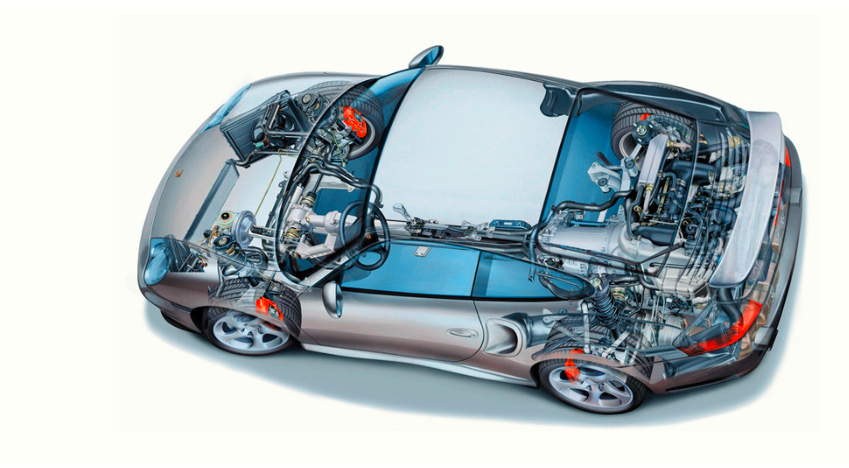
Automobile connector must conform to the standard of USCAR-20, which is the performance standard of automobile electrical connector sAutomobile connector
Automobile sensor connector, automobile internal interconnection harness designThere are nearly 100 kinds of connectors used in general automobile, and there are about hundreds of connectors used in a single vehicle. With people's increasing demands on the safety, environmental protection, comfort and intelligence of automobile, the application of automobile electronic products is increasing, which will make the number of automobile connector applications increase.ystem. It is stipulated that the contact surface of automobile connector should be reliable all the time in the whole service cycle, including the following factors:
1. The material of connector contact is stable and reliable;
Second, the positive force is stable.
Third, the voltage and current of the circuit are stable;
4. The temperature shall be within the specified range, including the surrounding temperature and its own temperature rise;
5. Good robustness;
Vi. it must be the same as the connector used for high-speed long-distance communication computer, and the automobile connector must be able to work reliably under bad conditions;
VII. Connector insertion force: less than 20.5kg;
VIII. Connector retention: more than 2.5kg;
IX. heat resistance: - 40 ~ 120 ℃
Automotive wiring harness
Automobile harness is the main body of automobile circuit network. Without harness, there is no automobile circuit. Wire harness refers to the component that is made of copper material, after the contact terminal (connector) is crimped with wire and cable, then the insulator or additional metal shell is molded outside to form the connection circuit by binding the wire harness.
The commonly used specifications of wires in automobile harness include wires with a nominal cross-sectional area of 0.5, 0.75, 1.0, 1.5, 2.0, 2.5, 4.0, 6.0 and other square millimeters (the commonly used nominal cross-sectional area of Japanese cars is 0.5, 0.85, 1.25, 2.0, 2.5, 4.0, 6.0 and other square millimeters), each of which has a allowable negative current value and is equipped with wires for different power electrical equipment. Take the harness of the whole vehicle as an example, the 0.5 specification line is applicable to the instrument lamp, indicator lamp, door lamp, ceiling lamp, etc.; the 0.75 specification line is applicable to the license lamp, front and rear small lamp, brake lamp, etc.; the 1.0 specification line is applicable to the turn signal lamp, fog lamp, etc.; the 1.5 specification line is applicable to the headlamp, horn, etc.; the main power line, such as the generator armature line, ground wire, etc., requires 2.5-4mm2 wires. This just means that for general vehicles, the key is to see the maximum current value of the load. For example, the ground wire and positive power wire of the battery are used separately. Their wire diameters are relatively large, at least more than ten square millimeters. These "Big Mac" wires will not be incorporated into the main harness.
The main harness of the whole vehicle is generally divided into engine (ignition, EFI, power generation, starting), instrument, lighting, air conditioning, auxiliary electrical appliances and other parts, including main harness and branch harness. A vehicle main harness has multiple branch harnesses, just like tree poles and branches. The main harness of the whole vehicle often takes the dashboard as the core part, extending forward and backward. Due to the length relationship or convenient assembly, some vehicle harnesses are divided into vehicle head harnesses (including instrument, engine, front light assembly, air conditioner, battery), vehicle tail harnesses (tail light assembly, license plate light, trunk light), roof harness (door, roof light, audio horn), etc.
